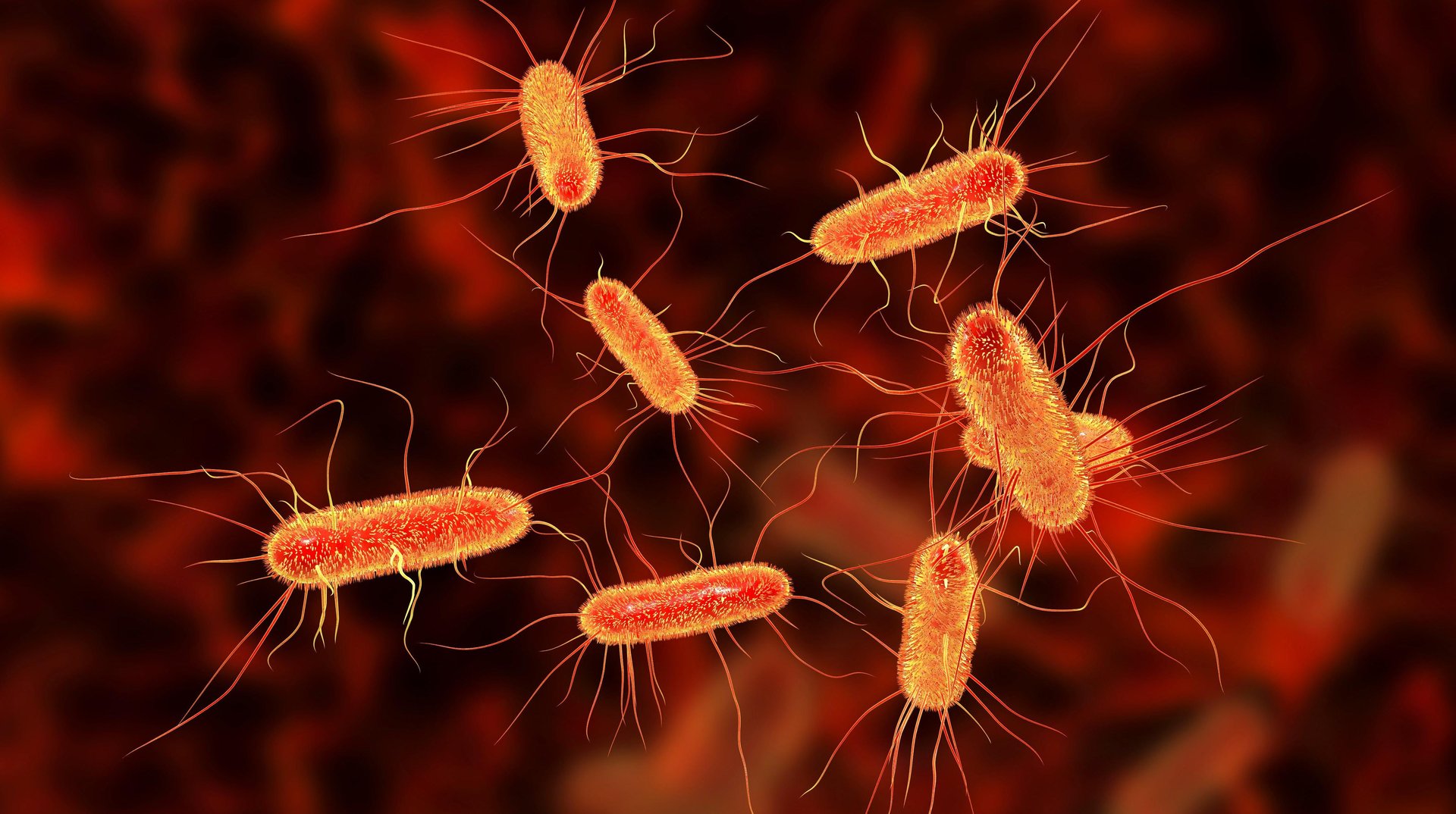Scientists discovered that dangerous bacteria actually go looking for human blood
They're calling it “bacterial vampirism." E. coli and other species crave human blood serum as a food source, a recent experiment revealed

Eat your heart out, A24: Some real-life bacterial germs are literally hungry for our blood, new research suggests. Scientists have found evidence that certain disease-causing bacteria, including strains of Escherichia coli, are chemically attracted to the serum in our blood as a source of food. The horrifying findings seem to explain why these bacteria tend to cause life-threatening sepsis.
Suggested Reading
The research was led by scientists from Washington State University. They were hoping to learn more about bacteria that can regularly invade the bloodstream from elsewhere in the body, also known as bacteremia. Though most instances of bacteremia are temporary and cause little trouble, they sometimes trigger widespread, potentially fatal inflammation and massive organ damage, a condition known as sepsis.
Related Content
The team focused on three germs in particular, all belonging to the large Enterobacteriaceae family: non-typhoidal Salmonella enterica, Citrobacter koseri, and E. coli. All three bacteria are a common trigger of intestinal bleeding and bacteremia, and these infections are a leading cause of death for people with inflammatory bowel diseases like ulcerative colitis. For their experiments, they used strains of these bacteria taken from actual patients. To stimulate intestinal bleeding, they used human blood serum (the liquid part of blood) and a “custom injection-based microfluidics device.”
The bacteria was almost instantly drawn to even microscopic amounts of blood, usually taking less than a minute to identify the presence of serum nearby and start moving toward it. Other experiments with Salmonella found evidence that this locomotion was driven at least in part by the bacteria sensing a particular amino acid abundant in serum called L-serine—an ability likely shared by many other related bacteria. And they also found that the bacteria were indeed capable of feeding off the serum.
The findings, released as a preprint in the journal Elife this week, demonstrate that some bacteria are finely tuned to seek out our blood for nourishment, the authors say. This phenomenon of “bacterial vampirism,” as they’ve decided to coin it, appears to clarify why these bacteria are such a common cause of bloodstream infections. The team hopes that the lessons learned from this and future research can someday help us find a way to keep these bacteria away from our blood entirely.
“By learning how these bacteria are able to detect sources of blood, in the future we could develop new drugs that block this ability. These medicines could improve the lives and health of people with IBD who are at high risk for bloodstream infections,” said lead author Siena Glenn, a PhD student at WSU, in a statement from the university.